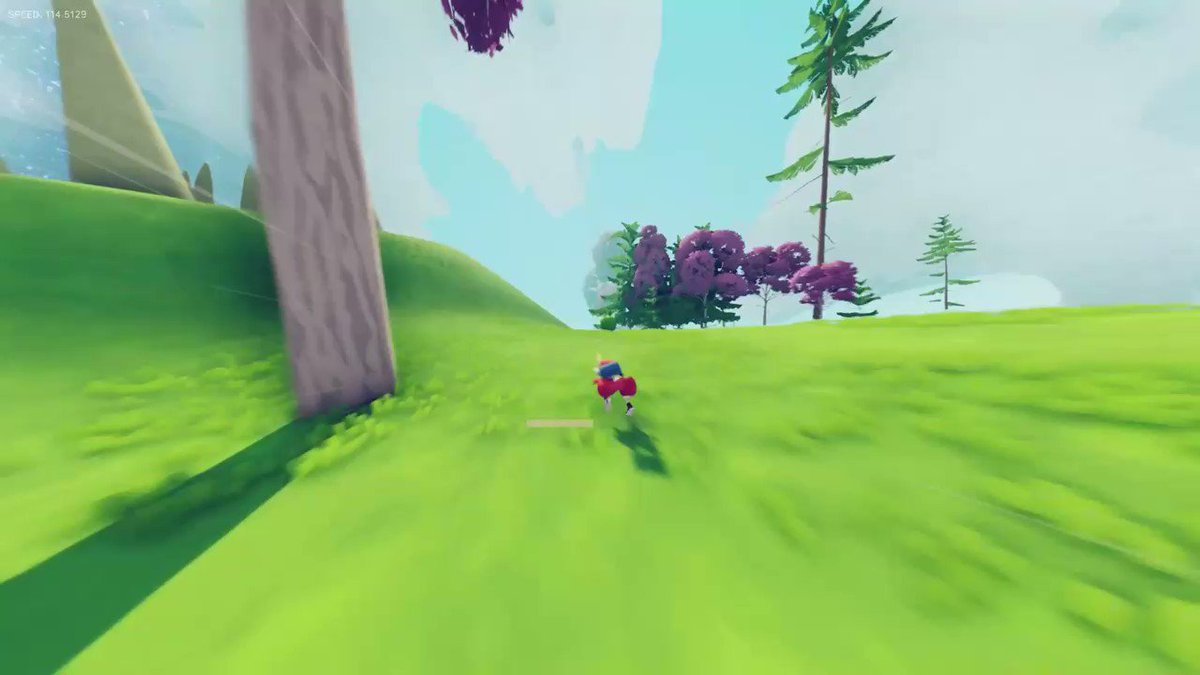
This Semitic tongue, deriving from a tribe in northern Syria, first spreads through Assyria. But all the official messages travelling on the imperial roads are in one language, Aramaic. Many different tongues are spoken in the Persian empire, from Egypt to India. A similar road goes down through Syria to the Mediterranean coast and Egypt.
#Post haste couriers reading full#
The Greek historian Herodotus marvels at these Persian couriers.īy this method a message can travel the full distance of the road in ten days, at a speed of about 200 miles a day. At intervals of a day's ride there are posting stations, where new men and fresh horses will be available at any moment to carry a document on through the next day's journey. At the centre of the system is the royal road from Susa to Sardis, a distance of some 2000 miles (3200 km). Put in place by Cyrus in about 540 BC to control his new empire, the largest yet known, it is much improved upon by Darius a generation later.ĭarius extends the network of roads across the Persian empire, to enable both troops and information to move with startling speed. In the estimation of the ancient world the most efficient postal service is that of the Persians.

There is great advantage to a ruler who can send or receive a message quicker than his rivals. Much of our knowledge of those times derives from archives of such messages, discovered by archaeologists. The sending of written messages is a standard feature of government in early civilizations. For communication of this kind writing remains indispensable. It is well adapated to the islanders' immediate needs, but would be incapable of sending this paragraph as an accurate message. The whistled language of Gomera, in the Canary islands, is used to communicate across deep valleys.

Some non-verbal systems are more sophisticated. But such devices are only capable of conveying very limited pre-arranged signals, such as 'danger' or 'victory'. So are bonfires lit in succession on a line of hilltops. The smoke signals used by American Indians (above all perhaps in westerns) are of this kind. There are forms of long-distance communication not based on words.
#Post haste couriers reading portable#
This requires yet another ingredient in the communication package - a portable writing material such as papyrus. The system is altogether more efficient if it is the message which travels. The message reads only within reading range its recipients must travel to receive it. Messages carved on stone pillars communicate very well across time, down through the centuries, but they are an inefficient method of communicating across space. So another requirement for efficient communication is a system of writing. Sending anyone else is unreliable, as the game of Chinese whispers demonstrates. When running with a message, to convey it in spoken form, it is safer to do it oneself. The history of communication is mankind's search for ways to improve upon shouting. Already, at that short range, a more practical alternative is to run with the message. The world record is less than 100 metres.

In modern times 'town criers' hold an annual contest to discover which of them can shout a comprehensible message over the greatest distance. With language any message, no matter how complex, can be conveyed between people over a limited distance - within a room or place of assembly, or across a short open space. Communication begins with language, the distinctive ability which has made possible the evolution of human society.


 0 kommentar(er)
0 kommentar(er)
